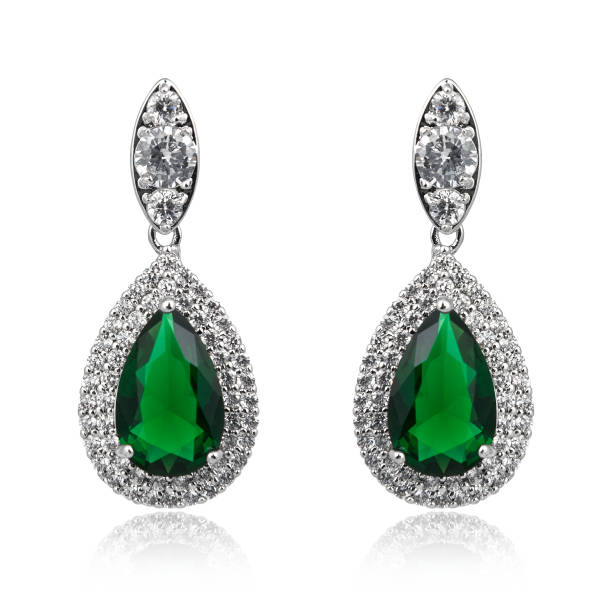How Gemologists Help Jewelers and Consumers All Entries

How deep are you into jewelry? Perhaps you have a personal fascination with gemology and are curious how you can transform that passion into a career. Or maybe you just want to know more about how gemologists evaluate jewelry to arrive at prices. Here's a brief overview of why gemologists are essential for the jewelry industry.
What Gemologists Do
Some people might confuse the terms "geologist" and "gemologist." While the former refers to a scientist who studies the Earth's general composition, the latter is a scientist who studies and evaluates gemstones, soft minerals, and certain organic materials. A geologist's job might be exploring resource availability for an energy or mining company. Meanwhile, gemologists focus mainly on natural resources associated with jewelry and regularly evaluate gems for authenticity and value.
Gemologists want to know what's inside a gemstone as well as to study the external surface quality. They want to clarify whether a gemstone originated from natural materials or if it was created in a lab. There's a big difference in value between natural scarce items versus mass-produced jewelry from a factory. A big part of a gemologist's job is using scientific instruments and measurements to determine a rock or mineral's composition. Ultimately, gemologists help both jewelers and consumers learn essential properties of specific gems that affect their condition and value.
Understanding a Gemologist's Toolkit
The main tool used by gemologists is a microscope, which is necessary to evaluate the amount of inclusions on a gemstone. They use various other tools such as a loupe, refractometer, and polariscope. A loupe, also called a hand lens, is a small device that magnifies objects up to ten times their size. A refractometer is another handheld device. It measures how fast light travels through a material. A polariscope measures stresses within transparent materials to evaluate purity.
Other tools used by gemologists include a dichroscope, spectroscope, and an ultraviolet lamp. A dichroscope is used to detect gemstone material from artificial stones. It's also used to test transparent gemstones. A spectroscope measures light properties within a section of the electromagnetic spectrum to identify materials. Additionally, gemologists use computerized tools to help make gemstone evaluations more precise.
How To Become a Gemologist
Studying gemology in college is the path many jewelry experts take to develop industry skills and knowledge. Jewelers often require backroom employees who evaluate gems to gain certification from the Gemological Institute of America (GIA). Not all gemologists work directly for jewelers, as some operate independently. Work can involve studying gems as well as managing inventory for quality control. Today gemologists typically earn around $50,000 with some making nearly six figures.
Conclusion
Gemologists are the key professionals who pinpoint where gems come from. They can tell you if a gem was produced by nature over millions of years ago or was manufactured by machinery. That's an important distinction in terms of discovering the gem's actual origin and market value. Contact GIA member Ralph Mueller & Associates to learn more about what gemologists do and how they can help you find the gems of your dreams.